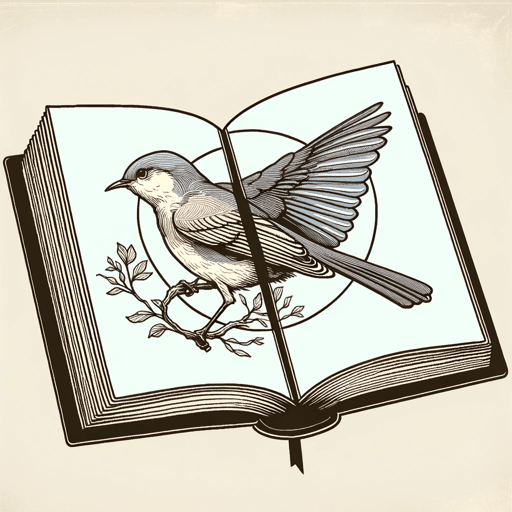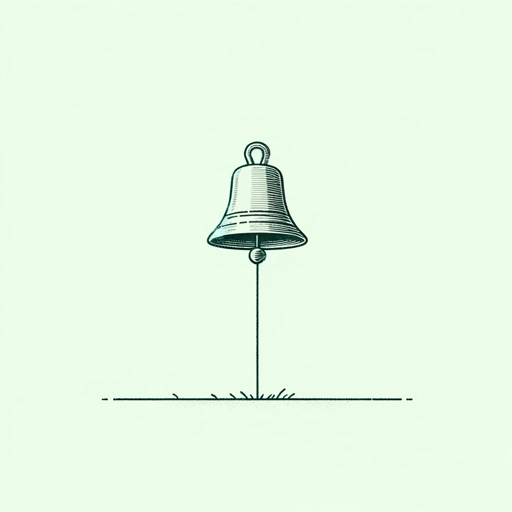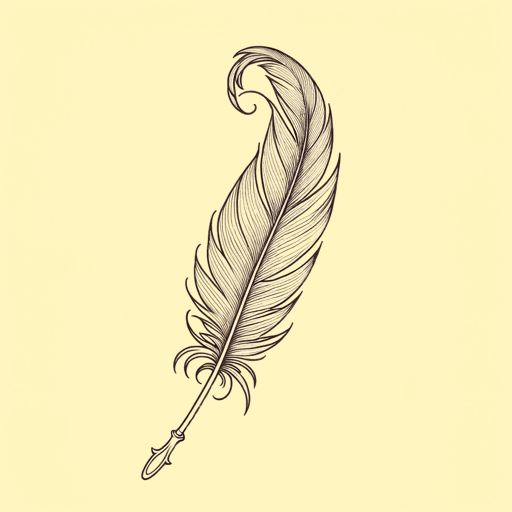60 pages • 2 hours read
Gary D. SchmidtLizzie Bright And The Buckminster Boy
Fiction | Novel | Middle Grade | Published in 2004A modern alternative to SparkNotes and CliffsNotes, SuperSummary offers high-quality Study Guides with detailed chapter summaries and analysis of major themes, characters, and more. For select classroom titles, we also provide Teaching Guides with discussion and quiz questions to prompt student engagement.
Symbols & Motifs
Turner’s White Shirts
Turner’s white shirts that he wears in the book’s early chapters represent his role as a minister’s son and the internal conflict that role creates. The clothes he wears lead Lizzie to make assumptions about him, just as she makes assumptions about the “frock coats” who visit Malaga in Chapter 2. She calls his white shirt “fit for glory” (44), implying that Turner’s manners are somewhat pretentious and inhuman. Turner is uncomfortable when he is wearing the shirts, which soak up his sweat since they are full of laundering starch (26) and are difficult to keep clean, as Turner finds after his fistfight with Willis in Chapter 2. As the story progresses, Turner’s parents stop making him wear the uncomfortable and impractical shirts, which signals their acceptance of their son.
The white shirts that Turner is forced wear also symbolize the moral degradation that the Buckminsters encounter upon moving to Phippsburg. The family begins by dressing their son in the starched shirts, representing the family as upstanding and honorable to the community. As Turner continues to stand up to the prejudices and racism he sees in the townspeople, the shirts become soiled with sweat, blood, and dirt. The Buckminsters, too, become soiled with their own sweat, blood, and dirt: 







Related Titles
By Gary D. Schmidt
Featured Collections
American Literature
View Collection
Black History Month Reads
View Collection
Books About Race in America
View Collection
Books on Justice & Injustice
View Collection
Books that Teach Empathy
View Collection
Challenging Authority
View Collection
Coming-of-Age Journeys
View Collection
Community
View Collection
Coping with Death
View Collection
Daughters & Sons
View Collection
Equality
View Collection
Fathers
View Collection
Fear
View Collection
Friendship
View Collection
Grief
View Collection
Hate & Anger
View Collection
Newbery Medal & Honor Books
View Collection
Power
View Collection
Religion & Spirituality
View Collection



